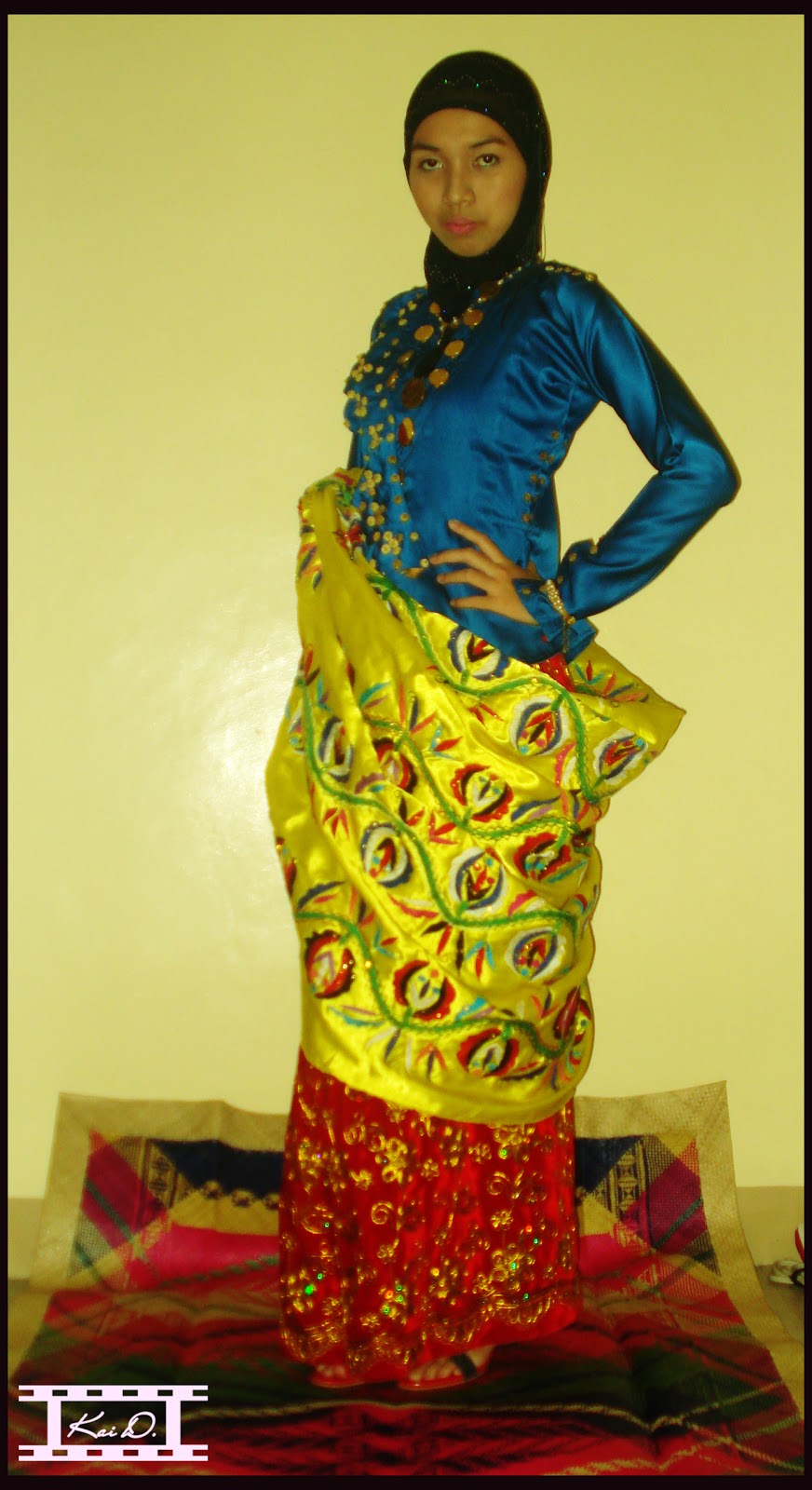The smart Trick of Tausug Philippines That Nobody is Discussing
Table of ContentsThe Best Strategy To Use For Tausug PhilippinesTausug Philippines Fundamentals ExplainedExcitement About Tausug Philippines7 Simple Techniques For Tausug PhilippinesNot known Incorrect Statements About Tausug Philippines Tausug Philippines - The Facts
Anne's understandings of the Pangalay demonstrate how, in a venue where several cultures exist side-by-side, respect for tribal possession of a dancing is not inappropriate with a gratitude for as well as even a sense of pride in the cumulative corpus of dances as one practice, on a nationwide degree. Dance is an activity so prevalent in Philippine society that, actually, it is often taken for given.
There is no denying that Reyes-Aquino deserved her Nationwide Musician Award in Dance for the collection of summaries of all the dancings that appear in her six-volume job (Aquino 1953), yet I preserve that further research is required to enhance this collection by updating, trimming, expanding, as well as remedying, where needed, especially when it involves the classification as well as classifications of dancings.
There is much information therein, absolutely, however efficient reorganization as well as dissemination of this details needs the job of much more scholars. I note, however, that this process of alteration is not without its political troubles among dancing scholars and practitioners. Tausug Philippines. For instance, while investigating the Pangalay in the capital as well as 2 communities of Tawi Tawi, an island province within the Sulu island chain, Santamaria uncovered that the natives of this district differentiated the Pangalay from the Igal.
Tausug Philippines Can Be Fun For Everyone
Not surprisingly, responses from Amilbangsa's team to this case were aggressive, accusing Santamaria of negating Amilbangsa's original research study rather than watching it as the exploration of brand-new knowledge. As the acknowledged expert in Pangalay, it was presumed that Amilbangsa might not be wrong, likewise that Aquino's study is assumed to be unquestionable.
Bajau kids discovering the Igal in Sempornah, Sabah. Picture by Hanafi Hussin. Amilbangsa's advocacy for the Pangalay is worthwhile because she looks for to keep the practice alive to make sure that future generations will certainly maintain executing this old-time kind that was exercised before individuals who danced it were transformed to Islam.
Plainly, it would certainly be beneficial if she could update her research or allow others to proceed the study for her. My account of troubles with the category and also classification of dancings in the Philippines as well as their paperwork seeks to demonstrate how the development of a nationwide heritage is not without contestation, as numerous social groups battle to preserve their identification as well as self-reliance on a tribal level within the linked sector that is nationhood.
Facts About Tausug Philippines Uncovered
On the lower footer of the internet site, a copyright is suggested from 1999-2013, although this might show the size of time that the Alun Alun Dance Circle has actually functioned, as specified on the internet site's account web page: http://pangalaydance. com/the-alun-alun- dance-circle. It would certainly be risk-free to claim that the article "The Pangalay Dancing Design" may have been uploaded to the website as early as January 2007, which is the oldest day of the archives of write-ups on the site, and also composed before after that.
gov.ph, it is not why not try this out clear where an update of this report can be discovered. Summaries of the background of Philippine dance are found in Basilio Esteban Villaruz's Sayaw: An Essay on Philippine Dance, which was released as a brief essay by the Cultural Center of the Philippines (CCP) in 1989, after that consisted of in the Tuklas Sining series Tausug Philippines (1991 ).
In some locations, the movement of such peoples has considerably altered the ethnic make-up. Such is the case of southerly Sulu, the islands comprising the province of Tawi-Tawi. This paper is a conversation of current population activities in the Sulu Islands, as well as how these may be associated to the society history of the Sama people, the earliest occupants of Sulu (*).
Some Known Details About Tausug Philippines

Style as well as Community Planning. There are three kinds of Mranaw houses: the lawig (small house), mala-a-wali (huge house), and also the torogan or ancestral house of the datu. Some Mranaw houses have posts which hinge on the spherical boulders; these "floating foundations" stop the frameworks from collapsing during quakes (Peralta, 1975: 28-31).
It stands thirty to 220 centimeters in the air, resting on 9 to twelve bamboo or wooden posts. A fenced deck works as the front of your house; the cooking area, which is fifty centimeters lower than the structures, is at the back. Tausug Philippines. The text homes the resting check that area, which functions as a living and working location in the early morning.
Tausug Philippines Fundamentals Explained
The widowed line floor covering of your house is of split bamboo linked with rattan. Sculpted breasts, head boards, or mosquito screens split the inside into the resting and non- resting locations. Covered with a riyara woven floor covering, rice-stalk packages work as bed mattresses, the head and also foot of which are outlined with pillows.
The roofing system of the mala-a-walai is made of thick cogon turf safeguarded on bamboo frameworks by rattan. Scratched bamboo poles server as the stairs, which are put at the front as well as rear of the residence (Alarcon, 1991: 65-66). The finest example of Mranaw architecture is the torogan, which showcases the most effective of Mranaw okir (essentially, "sculpting").

Our Tausug Philippines PDFs
